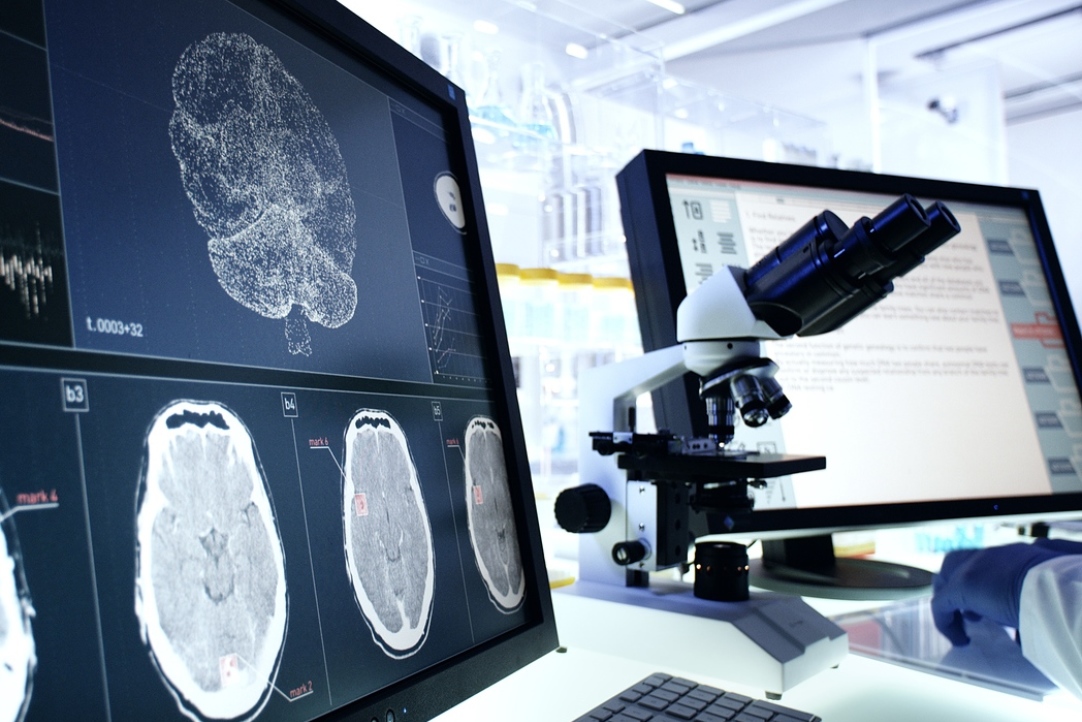Russian Scientists Propose New Method of Studying Cognitive Dissonance

Researchers from HSE University propose using online TMS (transcranial magnetic stimulation) to study the dynamics of cognitive dissonance. The study findings are published in Pavlov Journal of Higher Nervous Activity.
Psychologists have long noticed that a person's choices can sometimes be inconsistent with their inner values. This discrepancy is addressed by the theory of cognitive dissonance. Cognitive dissonance is a mental conflict that results from holding opposing choices, opinions or preferences. It causes discomfort that a person seeks to resolve. But the key mechanisms of this phenomenon, such as the dynamics of its occurrence and processing in the brain, have yet to be studied in detail.
While it is known which areas of the brain are engaged during cognitive dissonance, their respective functions in the process remain unclear. Offline stimulation to induce or suppress brain activity has so far been used to study these processes—eg asking a person to perform a task and then to take a break, during which a certain area of their brain is stimulated. After a while, they resume the task, and the researchers compare changes in the subject's performance against the control group.
Researchers from the HSE Institute for Cognitive Neuroscience have proposed running this experiment using online brain simulation. They suggest that employing online chronometric TMS can help track changes in the activity of the medial and dorsolateral prefrontal cortex at each stage of cognitive dissonance. By examining these changes in real time, one can see which areas of the brain, and in what sequence, are involved in decision-making during cognitive dissonance.

Yulia Sheronova, research assistant at the International Laboratory of Social Neurobiology
‘An internal conflict is a complex process involving multiple stages as it is identified and processed by the brain, and preferences get encoded and reset. It is not sufficiently clear how these stages follow one another and how long each of them takes. By using online chronometric TMS, we can gain a better understanding of when cognitive dissonance occurs and how it is resolved. Eventually, this can help us learn more about the specific functions of brain areas involved.'
The researchers propose using online TMS for focal stimulation of the prefrontal cortex.

Alina Davydova, research assistant at the Centre for Cognition and Decision Making
'By employing this method, we expect to demonstrate that changes in subjects' behaviours and beliefs do not just correlate with prefrontal cortex activity, but occur as a result of its activation.'
Using online TMS can show in real time how prefrontal cortex stimulation causes a person to process a cognitive conflict and to change their behaviour.
According to the study authors, the theory of cognitive dissonance can shed light on the mechanisms of addictions such as smoking, substance abuse, and eating disorders. Understanding how an internal conflict develops during cognitive dissonance can result in new approaches to the diagnosis and treatment of various physical and psychological addictions.
Alina Davydova
Research Assistant, Centre for Cognition & Decision Making
Yulia Sheronova
Research Assistant, International Laboratory of Social Neurobiology
See also:
HSE Opens New Institute for Cognitive Neuroscience
The new institute is headed by Vasily Klucharev, a professor at the Higher School of Economics, who previously worked as Head of the School of Psychology. Vasily Klucharev told the HSE news team about what the School managed to achieve in four years, what the new institute will do and how attitudes towards psychology and neuroscience are changing.


